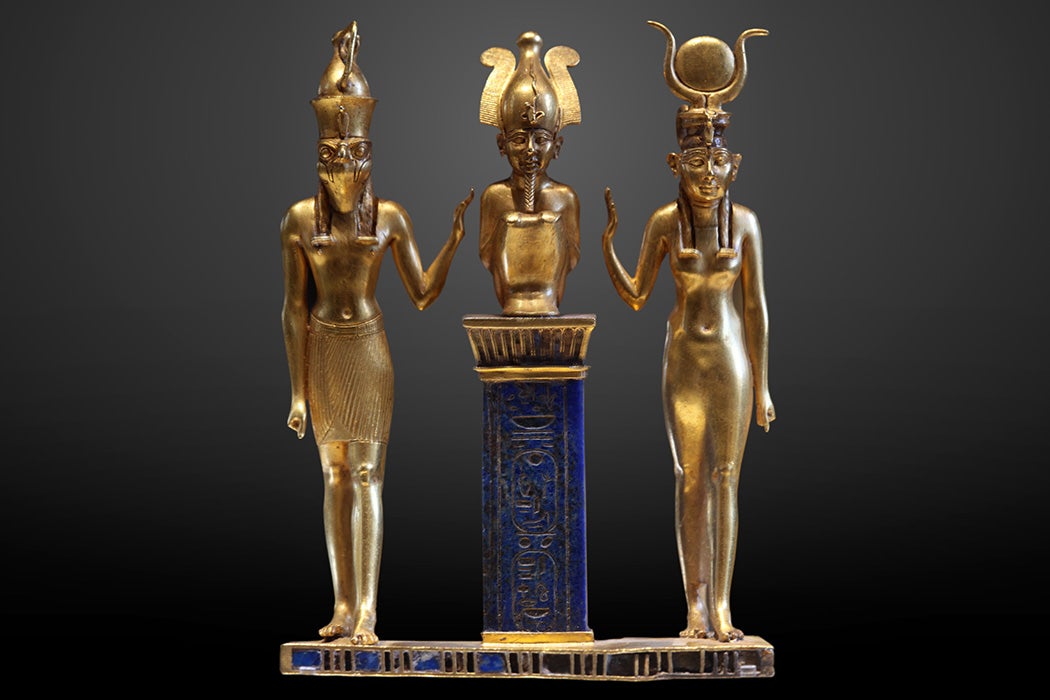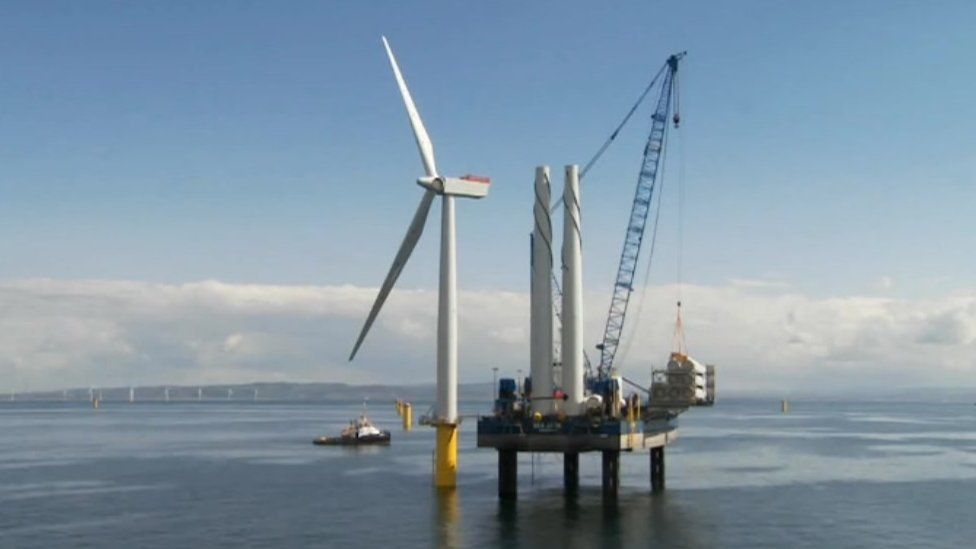Most of us realize that we need to anticipate maintenance costs of our vehicles will happen sooner or later, but when they do, they are always unexpected as we hoped that we might have lasted a few months more.
This week I spent an easy $1,200 on my 2015 Toyota Venza... I purchased the Venza used (it was leased by a company) and it only had 5,000 on it so it was practically brand new. Today (2021), it has 70,000 mile on it... so, in about 5-6 years, I put 65,000 miles on it... or roughly just under 1,000 miles each month which is not bad.
On Monday, I purchased 4 new tires and today, I had a tune-up, oil change, and replace the back wheel brake pads and brakes all of which cost me about $2,000 but, $600 was spent in 2017 when I purchased 4 tires but only used 2....
These new tires are good for 60,000 mile (or at my current rate about another 5.5 years) and my brake shoes will last much longer... so, I suppose one can prorate these monies over the next 5.5 years... which means I will be spending about $350/year or about $30/month in future driving...
After another 60,000 miles, I will have a total of 130,000 and the year will be 2026/27 and the Venza will be 11/12 years old... Most Toyotas last for a good 200,000 miles which means I should be able to drive the damn car for another 5-56 years or 60,000 miles. In which case it will be 15/16 years old... and, I will be in my 80's and will not really have much of a need to drive.
Japanese cars are much better than American cars...
I wonder why?








 The MBTI’s different permutations amount to 16 types of personality, each with innate strengths and blind spots. Illustration: Ricardo Cavolo/The Guardian
The MBTI’s different permutations amount to 16 types of personality, each with innate strengths and blind spots. Illustration: Ricardo Cavolo/The Guardian














